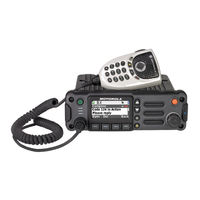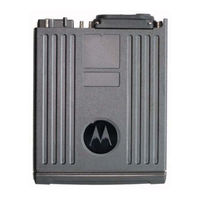Motorola ASTRO APX O7 Manuals
Manuals and User Guides for Motorola ASTRO APX O7. We have 4 Motorola ASTRO APX O7 manuals available for free PDF download: User Manual, Installation Manual
Motorola ASTRO APX O7 User Manual (152 pages)
Table of Contents
-
Foreword
3 -
-
-
Dimensions21
-
-
-
-
-
-
-
-
-
Speaker77
-
-
RFID Reading82
-
-
-
-
-
RS232 Cables98
-
-
-
General107
-
-
-
Cable Routing122
-
-
-
Motorola Online141
-
Mail Orders141
-
Fax Orders142
-
Index
143 -
Glossary
147
Advertisement
Motorola ASTRO APX O7 User Manual (146 pages)
Brand: Motorola
|
Category: Two-Way Radio
|
Size: 1 MB
Table of Contents
-
Radio Care13
-
Securenet15
-
Keypad21
-
Status Icons27
-
Alert Tones32
-
Viqi41
-
Contacts50
-
Scan Lists54
-
Scan56
-
Recent Calls59
-
Logging out70
-
Hear Clear82
-
Radio Lock83
-
Radio Stun85
-
Radio Kill85
-
Smartconnect96
-
Smartzone96
-
Wi-Fi115
-
Utilities116
-
Transmit Inhibit121
-
Disclaimer129
-
Limited Warranty137
-
Service140
-
Glossary141
Motorola ASTRO APX O7 Installation Manual (95 pages)
Two-Way Radios
Table of Contents
Advertisement
Motorola ASTRO APX O7 Installation Manual (25 pages)
TWO-WAY RADIOS



